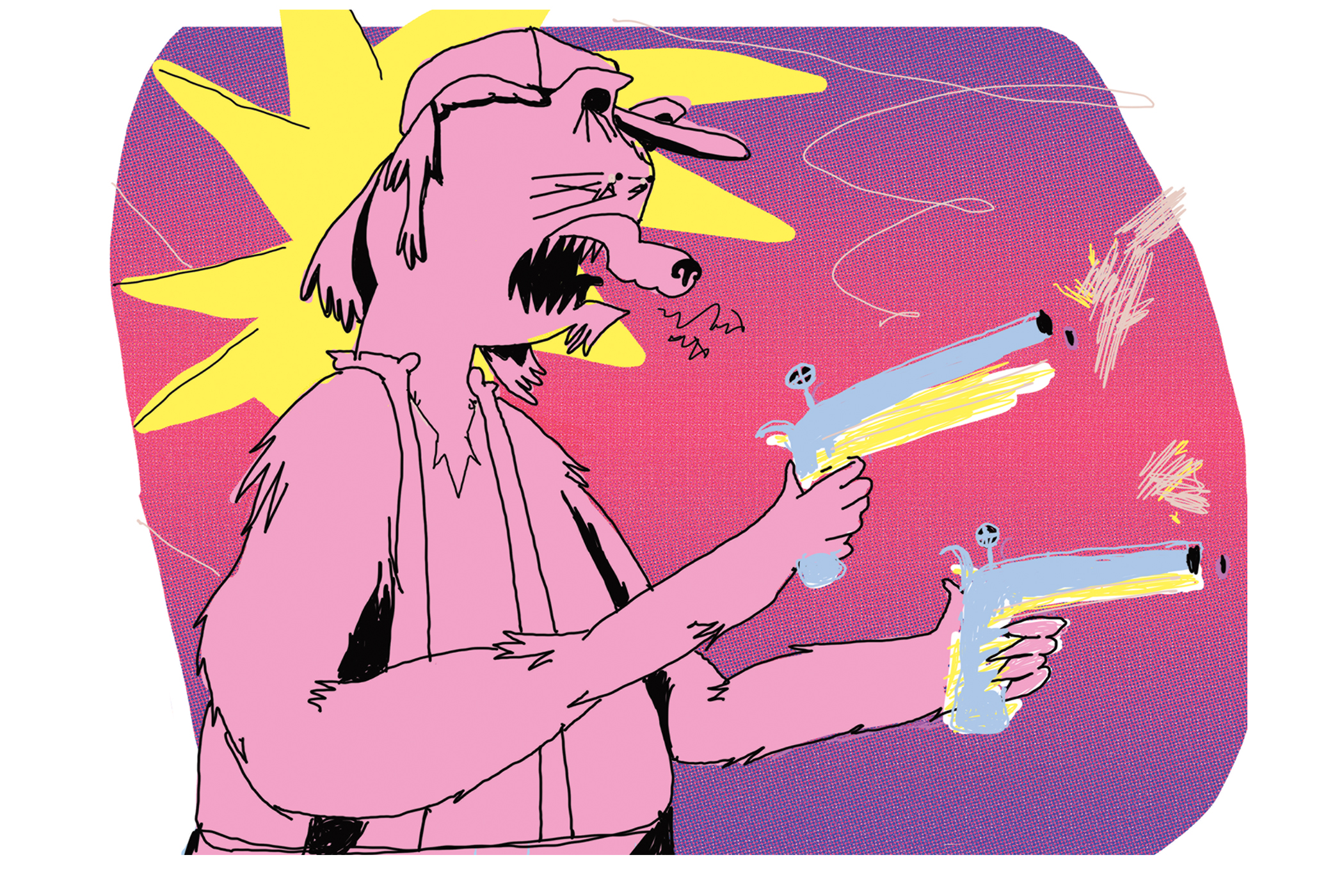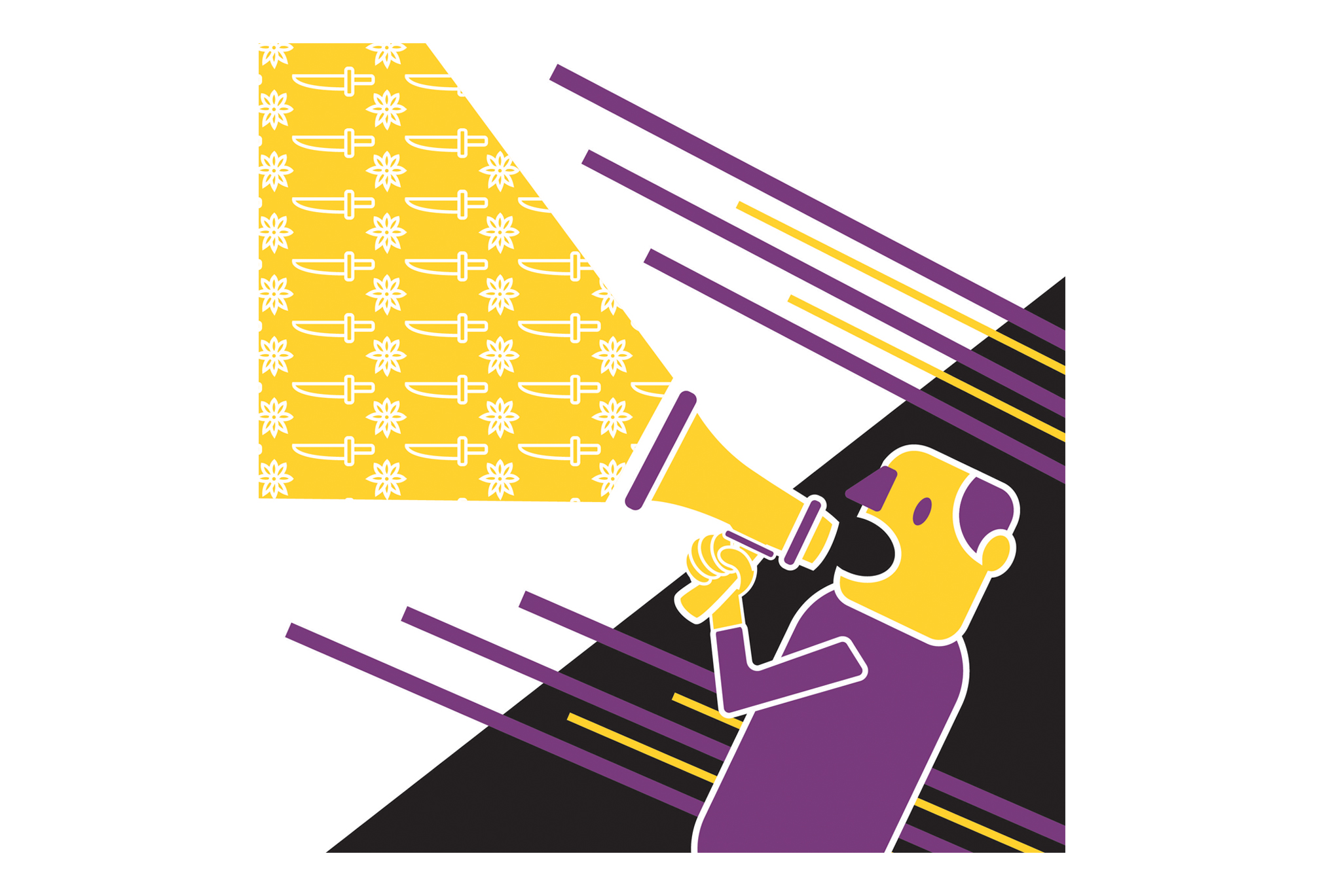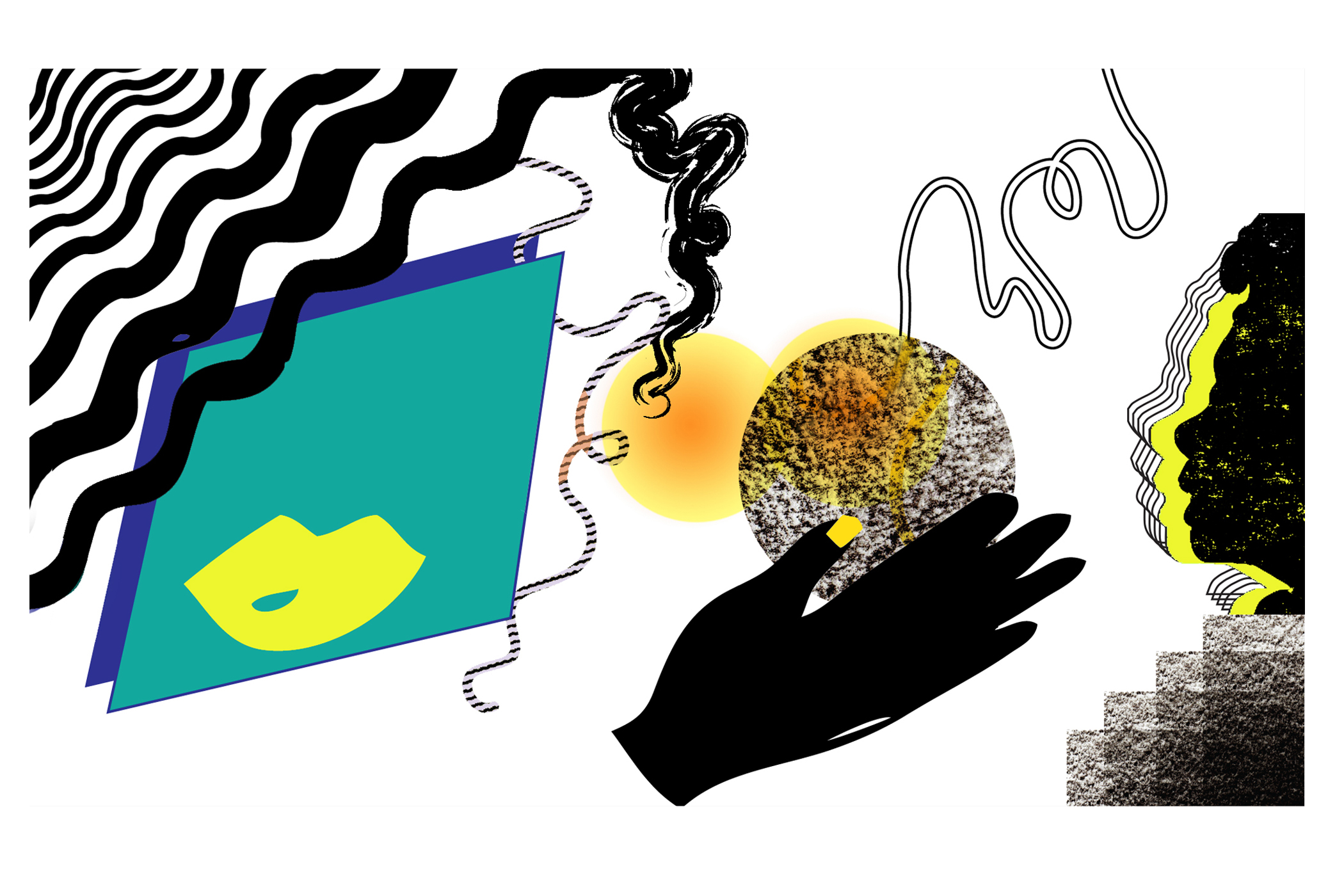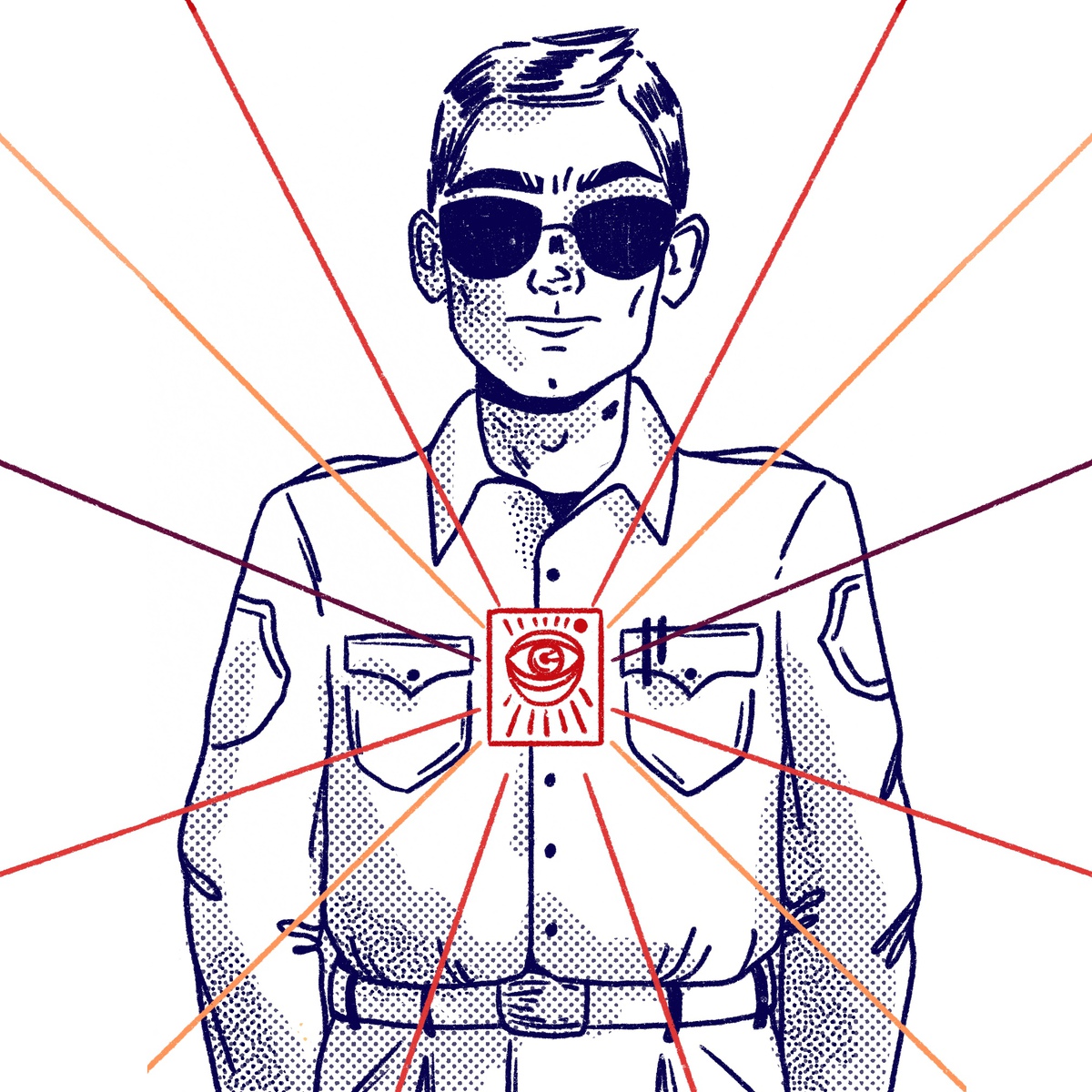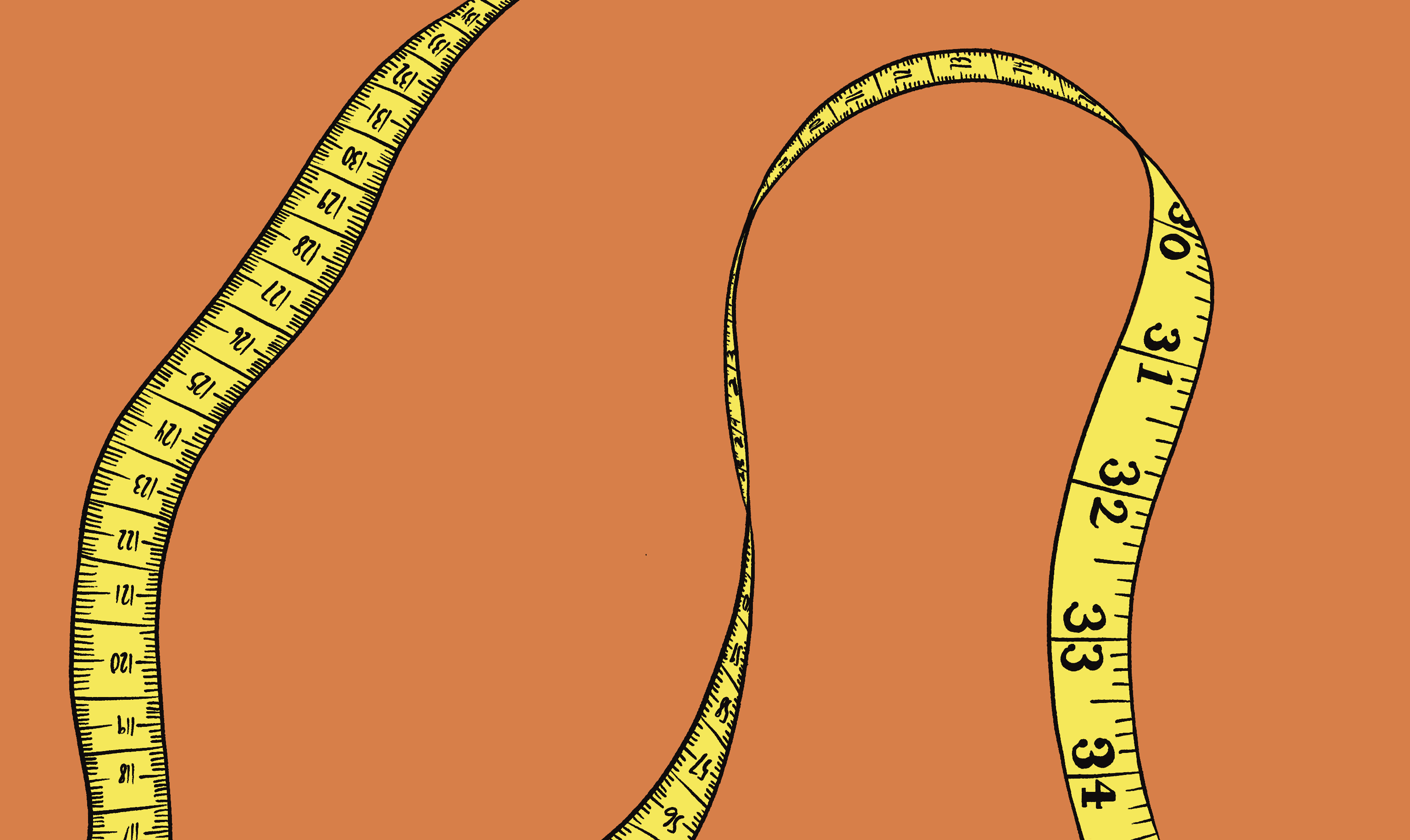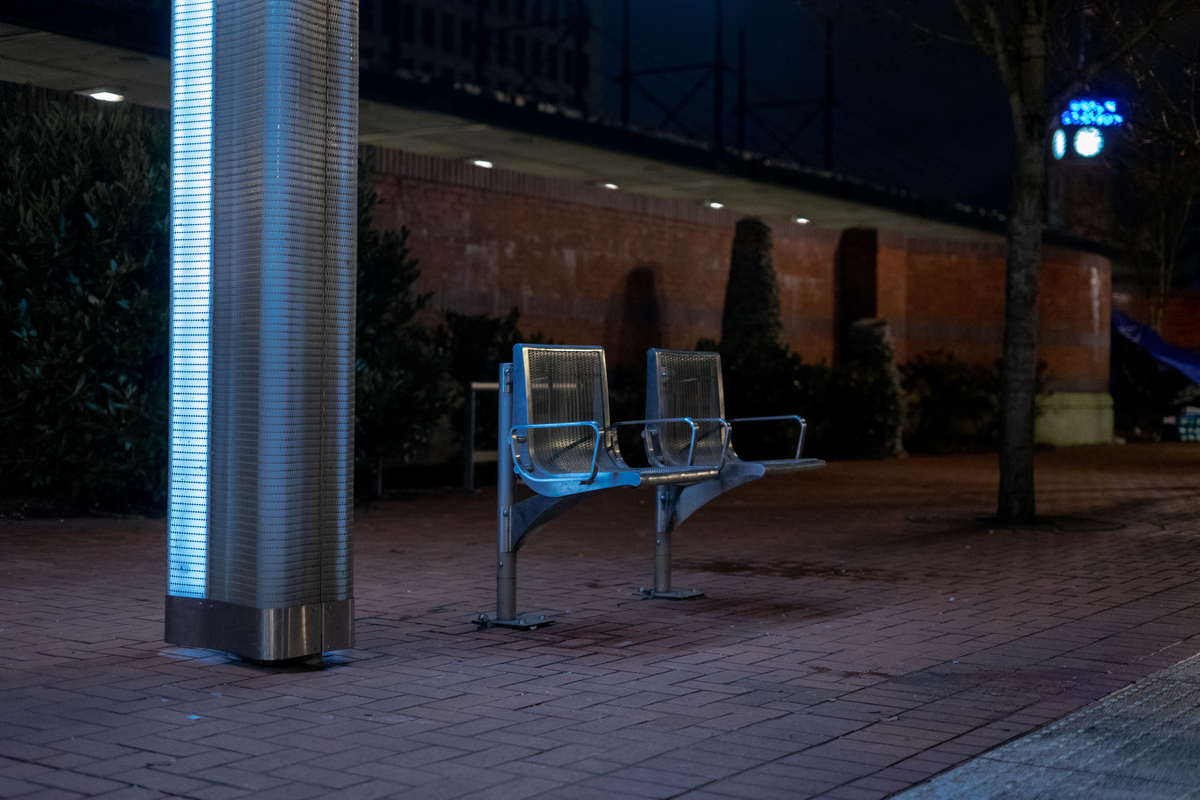These past few weeks have been busy for those of us working in the media.
We have inaugurated a brand-new president, there have been executive orders and Twitter rants, nominations, protests, shadowy figures on the National Security Council, nominations, intrigue. We have brought back into vogue the time-honored American pastime of punching Nazis in the face, which turns out to be bad for Nazis but good for morale.
Simply put, there has been a lot to talk about recently.
One story that received attention for precisely 15 minutes before being buried under more tweets from the president was a piece of legislation, approved by Congress, that would ease gun restrictions for people suffering from mental illness.
The restriction was introduced under the Obama administration and requires more stringent background checks for customers who have been diagnosed with mental health issues. Nationwide, the rule affects roughly 75,000 people.
Understandably, gun control advocates and progressive groups have been upset about this, and it immediately raises questions about gun safety and responsibility. Gun control has long been a polarizing political issue, centering mainly on balancing the Second Amendment with public safety.
One issue lost in the debate is simply this: Guns are so much more than a convenient way to shoot each other (though that, too, should not be dismissed).
There is also the cultural aspect of gun ownership, something that goes back to the founding of our country. It has been a time-honored tradition throughout the United States to come together as a people, take aim with our fellow citizens, and go “pew pew pew” at all of our social and economic problems in order to make them go away.
This principle has served us well over the course of our history. It has been the guiding principle of our foreign policy, in fact, since at least World War II. In that time we have outlasted the Soviet Union, built the Interstate Highway system, and put a man on the moon.
An appropriate analogy can be found by our very own Secretary of Education Betsy DeVos, in her statement during her confirmation hearing in the U.S. Senate, when she explained that guns were needed in public schools to protect students from grizzly bears:
“I think probably there, I would imagine that there’s probably a gun in the school to protect from potential grizzlies,” DeVos said.
The comment sparked widespread ridicule in the media, but I think we should hear her out. Without guns in public schools, after all, how would we shoot down grizzly bears intent on breaking in through the windows and unlocked doors of the building?
If we ban all of the guns, won’t that just embolden the grizzlies to terrorize the nation further? Grizzly bears, after all, are not law-abiding citizens. Law abiding citizens are law-abiding by default, because we say they are, which is why they get guns in the first place. The logic is clear: We cannot and will not be at the mercy of a lawless bear population breaking into the honey pots of law-abiding citizens across the nation.
DeVos, to her credit, sympathized with the victims of violent shootings when pressed to explain her views: “Senator, if the question is around gun violence and the results of that, please know that I, I—my heart bleeds and is broken for those families that have lost any individual due to gun violence.”
DeVos did not specify whether the bleeding was due to a bullet wound or some other form of injury unrelated to gun violence.
As we go forward, it would serve us well to consider each side of the debate.
On one hand, there is public safety to worry about, and the right of an individual not to be shot in the face. On the other hand, there is the Second Amendment guaranteeing citizens the right to bear arms, as well as our own traditions and heritage.
One can look at it the discharge of firearms as just one more time-honored American tradition. And these traditions, after all, are what make America great: shooting off fireworks into the neighbor’s yard every 4th of July; covering our vegetables in liquid cheese; hanging tiny American flags from the windows of our SUVs as we drive around the highways and back roads of our nation, the exhaust fumes rippling up into the clouds like a burnt offering to capitalism and the wonders of the internal combustion engine.
These are the relics of our cultural heritage that we will pass down to future generations, and gun violence seems to be a part of it, for better or worse. Our own Vice President Dick Cheney, in fact, shot a man in the face while on a hunting expedition in 2006, an incident he called an accident. And the country survived.
Life went on as it had before: Cars crossed and re-crossed our slowly-crumbling infrastructure, the sun rose and set over the office towers and strip malls of our nation, and somewhere out there in rural Wyoming, a lawless grizzly bear was put down in a heroic act of self-defense, children and teachers alike cheered in unison, and the educational process continued throughout the United States of America like it had for generations.

